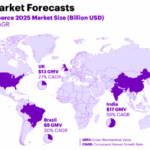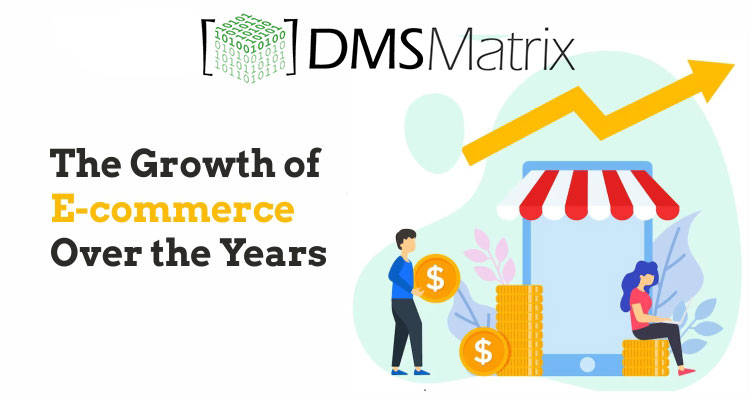The global e-commerce industry is poised for significant growth, with projections indicating a tripling of its market size by 2033. According to a recent report by DMSMatrix, the industry, currently valued at USD 18.77 trillion, is expected to reach a staggering USD 67.05 trillion within the next decade. This robust expansion is driven by a multitude of factors, including increasing internet penetration, shifting consumer preferences towards online shopping, and advancements in digital technologies.
Key Factors Driving E-commerce Growth:
- Rising Internet Penetration: As internet connectivity becomes more widespread, a larger segment of the global population is gaining access to online marketplaces. This increased accessibility is fueling the growth of e-commerce, particularly in emerging markets.
- Shifting Consumer Preferences: Modern consumers are increasingly opting for the convenience and flexibility offered by online shopping. The ability to compare prices, read product reviews, and make purchases from the comfort of their homes has significantly contributed to the rise of e-commerce.
- Technological Advancements: Innovations in digital technologies, such as mobile commerce, artificial intelligence, and virtual reality, are revolutionizing the e-commerce landscape. These advancements are enhancing the overall shopping experience and driving consumer engagement.
- Global Supply Chain Optimization: The growth of e-commerce has necessitated the optimization of global supply chains. Efficient logistics and delivery networks are crucial for ensuring timely and reliable delivery of products to customers worldwide.
Regional Outlook:
While e-commerce is experiencing growth across all regions, certain markets are emerging as particularly strong drivers. Asia-Pacific, North America, and Europe are expected to dominate the global e-commerce market. Factors such as a large consumer base, high disposable incomes, and strong technological infrastructure are contributing to the robust growth of these regions.
Challenges and Opportunities:
Despite its immense potential, the e-commerce industry faces several challenges, including cybersecurity threats, supply chain disruptions, and intense competition. However, these challenges also present opportunities for innovative solutions and strategic partnerships.
To capitalize on the growing e-commerce market, businesses must prioritize customer experience, invest in robust technology infrastructure, and adapt to evolving consumer preferences. By addressing these factors, companies can position themselves for long-term success in the digital age.










